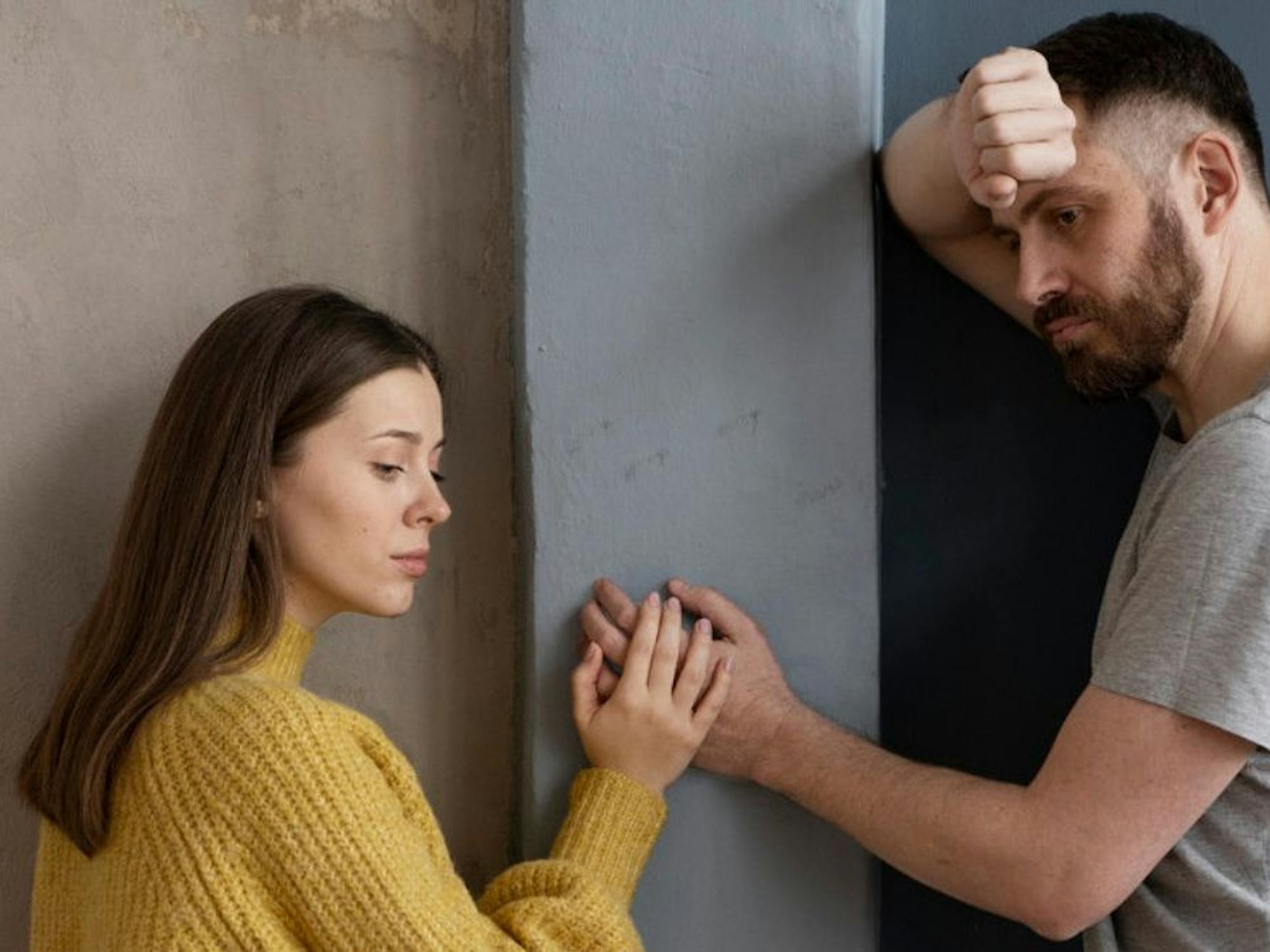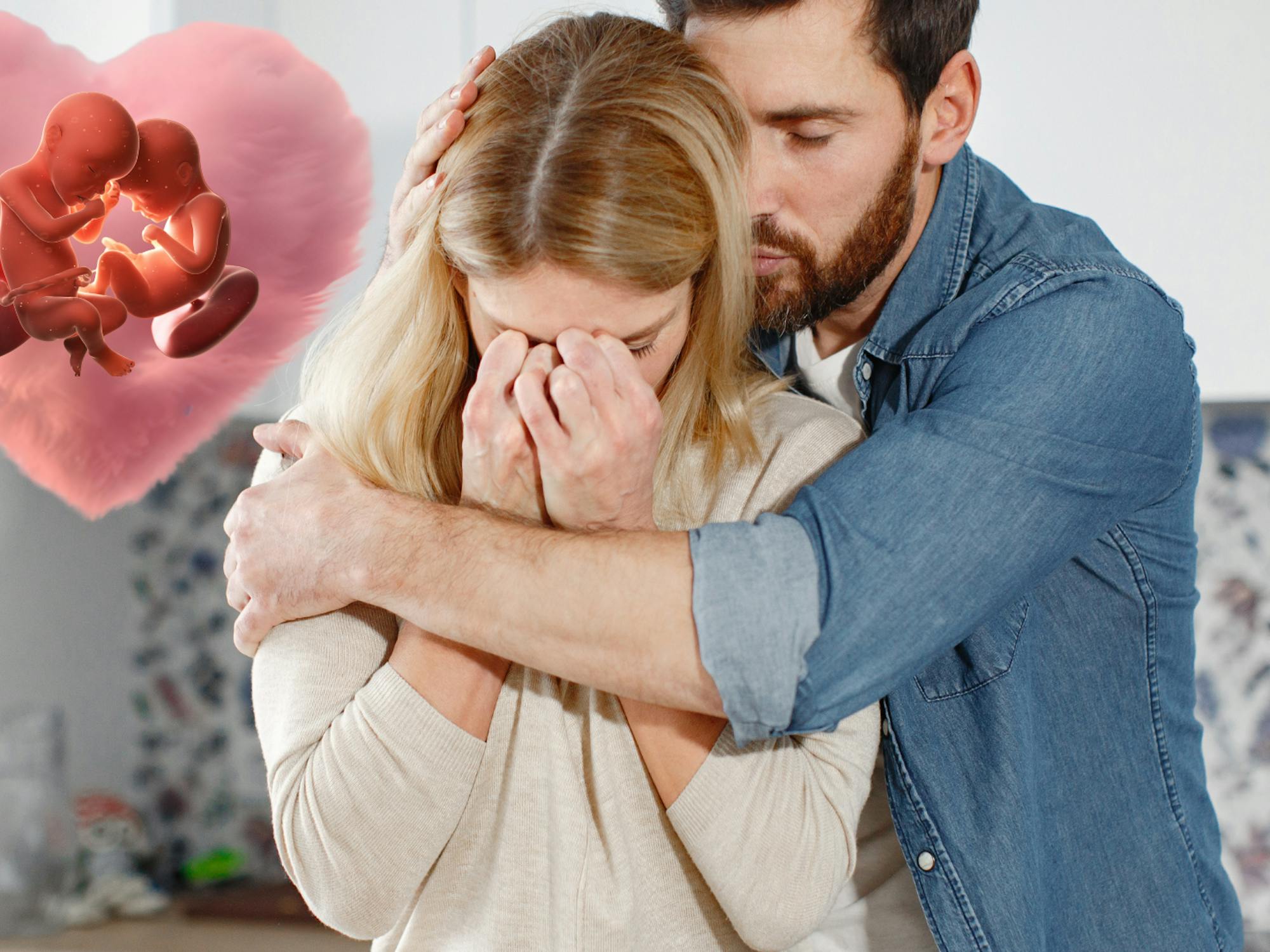Do open relationships really work?
In recent years, the concept of open relationships has gained significant attention and acceptance. What actually is an open relationship and do they work?

In recent years, the concept of open relationships has gained significant attention and acceptance. Dolly Parton, who has been married to Carl Thomas Dean since 1966 and has kept her relationship largely private has shocked fans after speaking out about opening up her relationship at the age of 77.
In the outstanding book Sex at Dawn, it is argued that human intimate relationships looked fundamentally different for the vast majority of our journey as a species, and that this might account for the well documented issues that many have today in maintaining sustainable and rewarding long term relationships. This has led some to be open to alternative approaches that might resolve some of these issues.
Monogamy has long been considered the societal norm in our culture, and open relationships challenge these traditional notions by allowing individuals to explore connections and intimacy beyond a single partner. Here we will delve into the world of open relationships, exploring the dynamics, benefits, challenges, and the importance of communication and consent in this alternative approach to love and partnership.
What actually is an open relationship?
An open relationship is a consensual arrangement in which individuals in a committed partnership are free to engage in additional emotional and/or sexual relationships outside of that relationship. Unlike traditional monogamous relationships where exclusivity and fidelity are expected, open relationships allow for exploration and connections with multiple partners.
It is important to remember that the definition of an open relationship is very variable and will change depending on the couple and their boundaries. We now know Dolly Parton and her husband consider themselves to be in an open relationship however Parton clarified that her open relationship includes no physical touch or emotional connection with other partners. She stated that she allows her husband to flirt with other women whilst she is able to flirt with other men, this is where their boundaries lie.
At the other end of the spectrum there are couples where the agreed boundary is that sexual intercourse is permitted with other partners so long as a condom is used. This goes to show that it’s important to define what we mean by an open relationship rather than considering it to be a uniform category understood as the same thing by everyone.
Continue reading to learn more about the communication that comes alongside opening up a relationship.
Are non-monogamous relationships openly accepted?
Over-time, many new labels for different types of relationships have developed, such as swinging and polyamory. With many people opening up about their relationships and influencers sharing their families on social media platforms, open relationships are now much more accepted than they once were.
With the influence of celebrities such as Bella Thorne and Taylor Nolan, open relationships have become normalized among the younger generation and whilst they still do not appear too common, are more accepted amongst peers. One study carried out found that 11% of young people are in non-monogamous relationships compared to just 4% of American adults found in a 2020 study. Read more about how these young people feel they are not being fairly represented here
However, open relationships are still at the forefront of controversy and are not yet as widely accepted as monogamous relationships with individuals online and on social media sites regularly expressing a full range of reactions!
The Negatives
Non-monogamous relationships are not for everyone, and what works for one person may not work for another. As discussed above, open relationships come with a lot of stigma and can be challenging in a number of respects. People in open relationships may encounter misunderstanding, prejudice, or rejection from friends, family, or wider society. Dealing with societal disapproval can be emotionally challenging and may require individuals to develop a strong support network and a resilient sense of self.
As well as this, engaging in sexual relationships with multiple partners can increase the risk of exposure to STIs. It is important to prioritize safe sex practices, regular testing, and open communication about sexual health to minimize these risks and ensure the well-being of all involved.
In open relationships, there is a potential for imbalances to arise, where one partner may feel they are investing more time, effort, or emotional energy compared to their other partners. This can stir up feelings of jealousy which can be hard to navigate.
Some individuals may even feel pressured to be part of an open relationship and feel they are making that decision to avoid losing their partner which can lead to severe upset and cause tension and anxiety within the relationship.
How can we open up our relationship whilst staying healthy and happy?
Self-reflection
Before broaching the topic with your partner, it is crucial to think about what you really want. Ask yourself why you are interested in opening up the relationship and what you hope to gain from it. Consider your emotional readiness, personal desires, and the potential impact on your existing relationship. Being clear about your motivations will help you communicate effectively and address any concerns that may arise.
Honesty and Communication
Open relationships thrive on open and honest communication. Firstly, appreciate that this discussion may come as a shock to your partner, explain why you are having this discussion, allow your partner time to process and consider their thoughts and feelings on the subject. Establishing clear guidelines, discussing boundaries, and openly expressing emotions are essential for maintaining a healthy and successful open relationship. Regular check-ins and ongoing conversations about expectations, jealousy, and insecurities contribute to the growth and well-being of all individuals involved. All individuals involved should feel secure in expressing their feelings, desires, and concerns openly without fear of judgment or repercussions. Regular check-ins and discussions about the arrangement are essential to address any evolving needs or challenges that may arise.
Boundaries
Open relationships require well-defined boundaries and clear consent from all parties involved. These boundaries may include rules about sexual activities, emotional attachments, frequency of engagement with other partners, or specific conditions for introducing new partners. Establishing and respecting these boundaries are crucial to maintaining trust and ensuring the emotional well-being of all involved. Set clear boundaries and always ensure you respect your partner’s boundaries. Also remember that if the conditions presented do not work for you, it is always your decision whether you choose to stay with a partner!
Managing Jealousy
Jealousy and insecurity are natural human emotions and can arise in any relationship, regardless of its structure. In open relationships, acknowledging and addressing these emotions is crucial. Open communication, reassurance, and empathy play pivotal roles in managing jealousy and insecurity. Cultivating a strong foundation of trust and continuously working on self-awareness can help individuals navigate these challenges.
Overall, open relationships can work for some people. The key lies in self-awareness, open dialogue, and a deep understanding of one’s own desires and boundaries. As long as all parties involved are consenting, communicative, and committed to mutual growth and happiness, open relationships can be a beautiful and fulfilling journey of exploration and love.
Are you considering an open relationship? Take our scorecard and find out if your relationship is a strong one before taking any big steps.
- Therapy
- Couples Counselling
- Relationship Support
- Attraction



